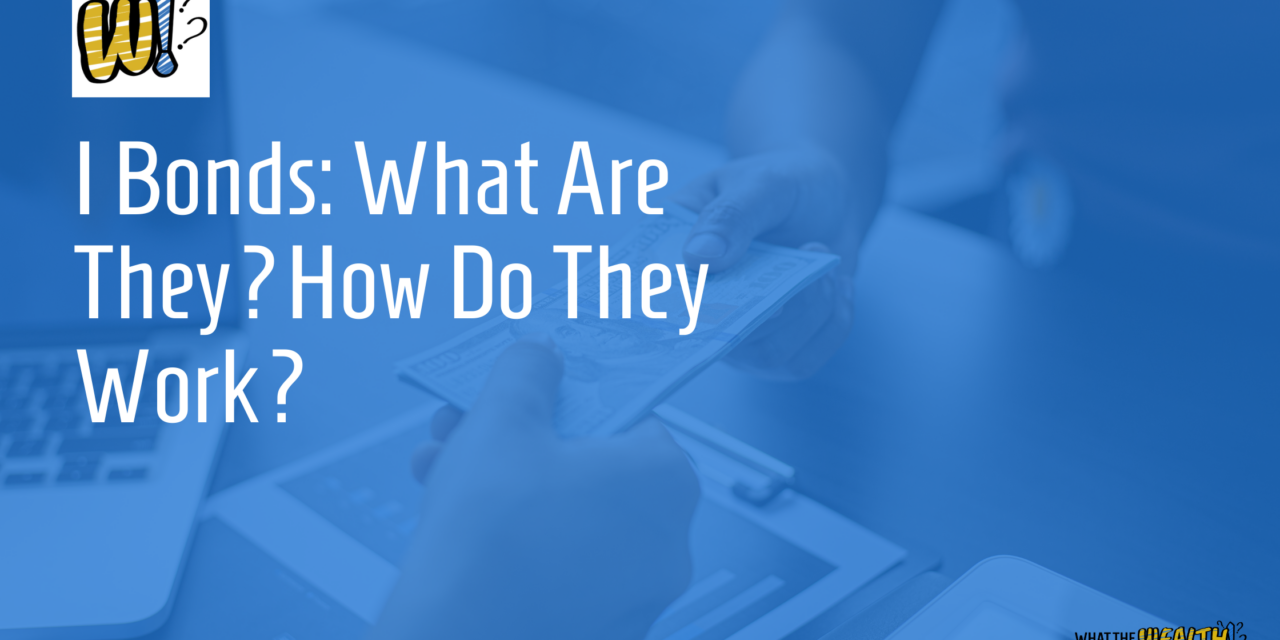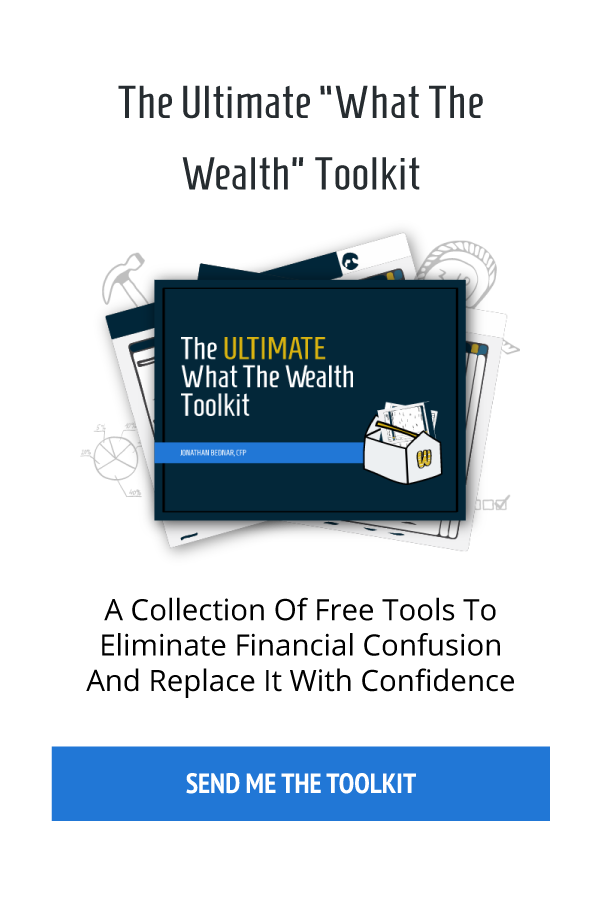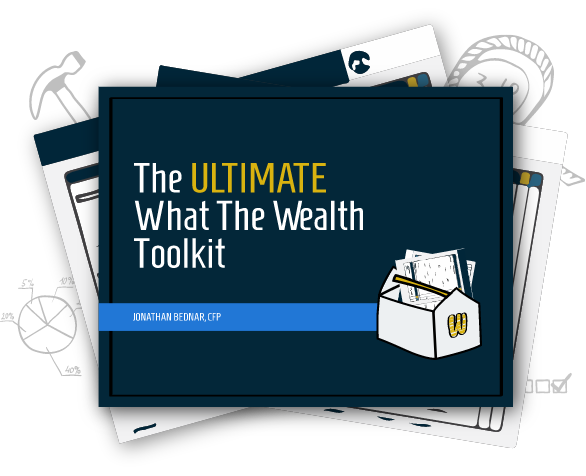Given the recent dips in the market and the highest inflation in decades, I’ve been getting a lot of questions about I Bonds. Today we’ll discuss I Bonds and how they work.
What are I Bonds?
Series I Bonds are a type of savings bond sold by the U.S. government. I Bonds have both a fixed component and an inflation component.
How I Bonds Work
There are two ways to buy I Bonds. Electronic bond or e-bond versions can be purchased directly from the federal government at Treasury Direct. Paper bonds can be purchased using your federal income tax return.
The interest rates I Bonds pay changes twice a year, on May 1st and November 1st. As of this recording, the rate from May 1 to November 1 is 9.62%. That sounds great, right? Keep in mind that rate is an annualized number. You own the bond all year, but the rates change every six months. So you have to divide that 9.62% by two, meaning you will earn 4.81% for six months.
Come November 1st, the rate will change, and you’ll earn half of that new number for the following six months.
Limits
There is a dollar limit on the amount of I Bonds you can purchase; it’s $10,000 per person per year. So you and your spouse could each buy $10,000 worth and gift $10,000 worth to each of your children.
There is a little workaround for that limit. If you get a tax refund, you can use that money to buy an additional $5,000 worth of I Bonds per person, per year. These would be paper bonds.
Taxes on I Bonds
I Bonds are exempt from state and local taxes, but you will have to pay federal taxes on the interest you earn. You can pay using the cash method, meaning you don’t pay taxes until you cash in the bonds. You’ve earned interest prior to cashing them in, but you don’t receive those proceeds until they’re cashed in.
If you choose to pay using the accrual method, you pay taxes on the interest income you earn each year that was added back to the value of the bond.
Many I Bond buyers prefer the cash method because the taxes don’t come out of pocket but rather from the proceeds when the bond is cashed in.
Term
I Bonds are meant to be medium to long-term investments. They have a full term of 20 years, but that can be extended another ten years, so essentially, they’re 30-year bonds. You can’t cash in an I Bond for 12 months after purchase. There is a penalty if cashed out before the five-year anniversary of the purchase date. The holder will forfeit the last three months of interest the bond earned.
Are I Bonds For Right You?
A lot of people certainly think so! Since the May 1st interest rate announcement, the federal government sold a staggering $11 billion worth! When you consider the $10,000-$15,000 per person cap, that’s a lot of people flocking to buy I Bonds!
Don’t just jump on the bandwagon. Remember, that juicy 9.62% interest rate is temporary. Ask yourself why you would consider buying I Bonds and how do they fit into your long-term financial plan as they are meant to be a long-term investment.
If your emergency fund is overfunded, you might want to consider skimming some of that money off and investing it in I Bonds. Remember, emergency funds need to be liquid, and I Bonds are not liquid. But liquid accounts don’t pay much interest. So, for example, if you have a $50,0000 emergency fund, consider taking $10,000 of that and buying I Bonds.
Listen in as I share the benefits of I bonds, including the high interest rate, inflation protection, and government backing, and the main factors to consider when looking at I bonds as an investment tool. I also discuss how you can increase the maximum that you can purchase annually and why you should not tie up your emergency fund into I bonds.
Listen to the Full Episode:
What You’ll Learn In Today’s Episode:
- What I bonds are.
- How to calculate the actual inflation rate of I bonds.
- How much you can purchase.
- How long you need to keep I bonds.
Ideas Worth Sharing:
“There is a limit to how much you can purchase each year.” – Jonathan Bednar
“Really try to think about how this fits into your financial plan.” – Jonathan Bednar
“This is not a tax-free bond.” – Jonathan Bednar
Resources In Today’s Episode:
- Treasury Direct
- Jonathan Bednar: Email | Twitter | LinkedIn
- What The Wealth?! by Jonathan Bednar
Enjoy the show? Use the Links Below to Subscribe:





